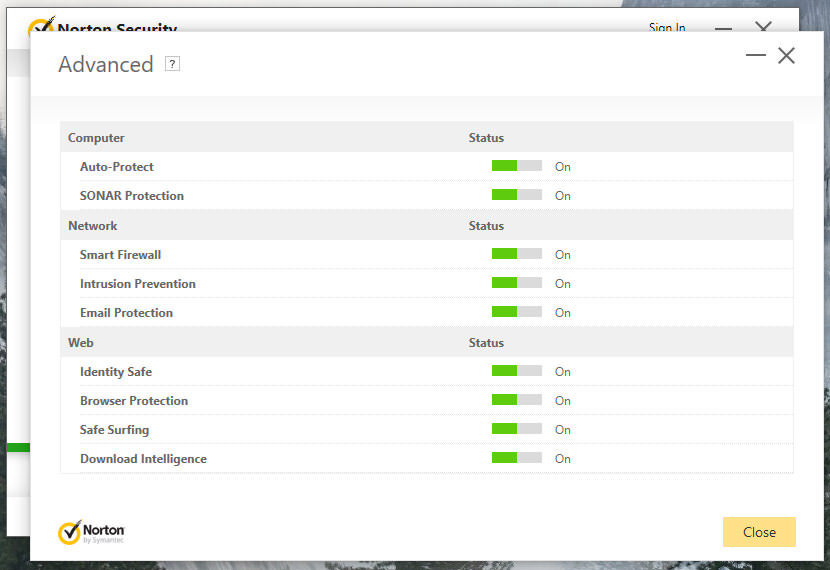

Law firms and similar organizations may be targeted, because cybercriminals bank on the legal controversies that could ensue if the data being held for ransom is leaked. fuel pipeline operator had to shut down its entire network and ended up paying the hackers a ransom of $4.4 million in Bitcoin. An example of this is the ransomware attack on Colonial Pipeline in 2021. Government agencies, banks, medical facilities, and similar groups constitute this group, because they need immediate access to their files and may be willing to pay quickly to get them.


This malicious software essentially holds your files hostage, which can wreak havoc on an extremely broad scale for larger organizations. Ransomware prevents you from accessing the files stored on your computer.
#FREE NORTON INTERNET SECURITY 2017 PRODUCT KEY ONLINE FREE DOWNLOAD#
How does this happen? It often happens when victims mistakenly download malware through email attachments or links from unknown sources - which happen to be hackers. Ransomware attacks work by gaining access to your computer or device, and then locking and encrypting the data stored on it. Knowing the types of ransomware out there, along with some of the dos and don’ts surrounding these attacks, can go a long way toward helping protect yourself from becoming a victim of ransomware. And if the attackers don’t give you the decryption key, you may be unable to regain access to your data or device. While the idea behind ransomware may be simple, fighting back when you’re the victim of a malicious ransomware attack can be more complex. Those files are still on your computer, but the malware has encrypted your device, making the data stored on your computer or mobile device inaccessible. Ransomware holds your personal files hostage, keeping you from your documents, photos, and financial information. And since malware attacks are often deployed by cyberthieves, paying the ransom doesn’t ensure access will be restored. In many cases, the victim must pay the cybercriminal within a set amount of time or risk losing access forever. The idea behind ransomware, a form of malicious software, is simple: Lock and encrypt a victim’s computer or device data, then demand a ransom to restore access.


 0 kommentar(er)
0 kommentar(er)
